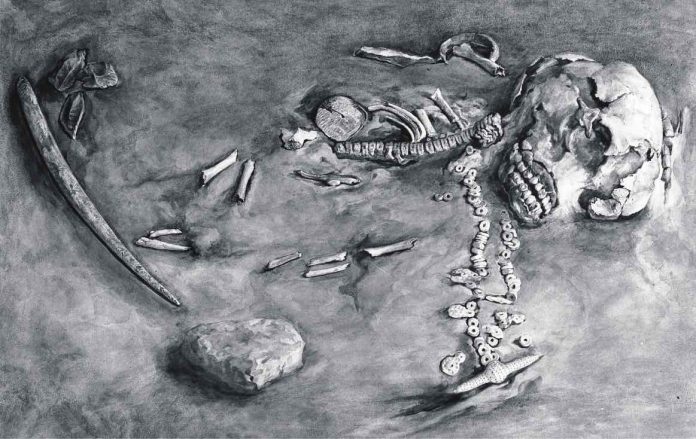The DNA of two very young immigrants to the Americas from China and Russia not only explains the lack of genetic diversity among all Native Americans but also points to a common ancestor for every Native American. University of Utah anthropology professor Dennis O’Rourke and colleagues reported the discovery in the edition of the journal Proceedings of the National Academy of Sciences. The discovery adds evidence to the theory that peoples from Russia and China lived on the land bridge between Asia and the America’s for at least 10,000 years before venturing into the Americas.
The remains of a six to 12-week-old infant and a fetus that was born preterm at 30 weeks were discovered on the Upward Sun River in the Tanana River Valley about 50 miles southeast of Fairbanks in 2014. The remains are the most genetically and physically complete specimens of ancient Native Americans ever found. Both children were buried at least 11,500 years ago.
Genetic testing indicates the two children were related to a host of present day Native Americans ranging from tribes that occupied the plains of the United States traditionally to an unknown tribe that lived around Norris Farms in Illinois about 700 years ago. The Native Americans of Puerto Rico, Bolivia, and Peru are related to these two children through mitochondrial DNA. The lack of genetic diversity among Native Americans is explained by the lack of ancestral diversity as well as slow migration rates and small tribal population sizes.
The genetics and the children’s bodies indicate that the first immigrants to the Americas made a home in Beringia between 18,000 years ago and 28,000 years ago. The rapid dispersal from Beringia may have been precipitated by a rapid rise in ocean levels and climate change that produced lower supplies of food. The burial of children at the time was thought to be unique but may have been a common practice for all peoples that first came to the Americas.















